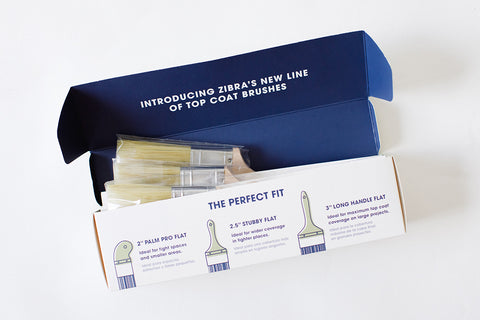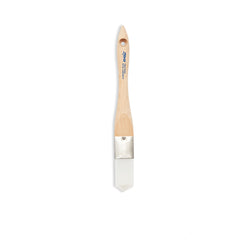5449398780066,
5484017746082,
5368511692962,
5368512020642,
7988286423281,
7985661739249,
5459389644962,
5459374571682,
5459410649250,
5459403604130,
7988286423281,
7985661739249,
5459410649250,
5459403604130,
7985661739249,
5459410649250,
5459403604130,
7769753256177,
8044189614321,
5484335497378,
7971318792433,
5351298793634,
8252524658929,
8252524331249,
8120121065713,
8664117051633,
5368512544930,
8721699864817,
8500745502961,
7988286423281,
5368512610466,
7971318792433,
5449398780066,
7985661739249,
5368513036450,
5953885896866,
8653156974833,
8650492936433,
7769753256177,
8167408599281,
7650362982641,
7639843209457,
7769775505649,
8044189614321,
8747457282289,
8773784699121,
5459389644962,
5459369033890,
5459374571682,
6886726336674,
5484017746082,
5484335497378,
5368511692962,
5459410649250,
7430768623857,
5368512020642,
8650482942193,
5459403604130,
6737689641122,
5368512544930,
7769753256177,
5484017746082,
5459389644962,
5449398780066,
5368513036450,
8044189614321,
5351298793634,
8120121065713,
5459374571682,
5368512610466,
5368511692962,
5368512020642,
5459403604130,
8252524331249,
8653156974833,
8500745502961,
7430768623857,
5459410649250,
8252524658929,
7988286423281,
5484335497378,
5459369033890,
8650492936433,
7985661739249,
8167408599281,
8650482942193,
8721699864817,
7769775505649,
8664117051633,
7971318792433,
6737689641122,
8773784699121,
8747457282289,
5484017746082,
5449398780066,
5368511692962,
5368512020642,
5459369033890,
8650492936433,
8650482942193,
8721699864817,
8664117051633,
5368511692962,
5368512544930,
5368513036450,
5368512610466,
8653156974833,
7430768623857,
5459389644962,
5351298793634,
8120121065713,
5459374571682,
5459403604130,
7988286423281,
7985661739249,
8167408599281,
7769753256177,
7769753256177,
8044189614321,
5484335497378,
7769775505649,
6886726336674,
7971318792433,
7650362982641,
6737689641122,
7639843209457,
5368512544930,
5368513036450,
8120121065713,
5368512610466,
8252524331249,
8653156974833,
8500745502961,
7430768623857,
8252524658929,
8650492936433,
8650482942193,
8721699864817,
8664117051633,
5351298793634,
8252524658929,
8252524331249,
8120121065713,
8664117051633,
8721699864817,
8500745502961,
7988286423281,
5449398780066,
7985661739249,
8650492936433,
8167408599281,
8747457282289,
8773784699121,
5459389644962,
5459369033890,
5459374571682,
5484017746082,
5368511692962,
5459410649250,
5368512020642,
8650482942193,
5459403604130,
6737689641122,
5459389644962,
8773784699121,
8747457282289,
5953885896866,
5484017746082,
5459389644962,
5449398780066,
5351298793634,
8120121065713,
5459374571682,
5368511692962,
5368512020642,
5459403604130,
8252524331249,
8500745502961,
5459410649250,
8252524658929,
7988286423281,
5459369033890,
8650492936433,
7985661739249,
8167408599281,
8650482942193,
8721699864817,
8664117051633,
6737689641122,
8773784699121,
8747457282289,
7430768623857,
5459410649250,












